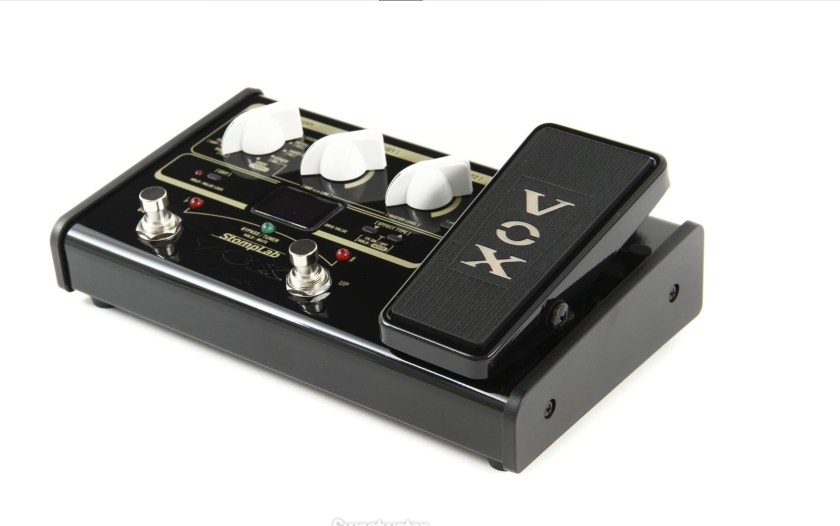My three ideas all revolve around home automation. Something I have long desired to geek out in.
Concept 1 – On-Time Light Switch

The idea is to replace the light switch in my wall with an Arduino, a motion sensor and an arcade button.
The Arduino will connect with an online calendar to drive several different behaviors.
- Night time : lights turn on low or dimmed. They stay on for 1 min.
- Morning (but after my alarms) : Light fades up from dim to bright. They stay on for 10 min.
- Morning Routine (class days) : Lights blink/fade to indicate the amount of time until departure. 30 min out / 15 min out / 5 min out / GO
- Arcade button flips through several preset behaviors (eg, guest mode, cleaning time, entertaining, etc)
Concept 2 – Guitar Pedal Wireless Light Control Center

This device would act as Mission Control for a bunch of relays and dimmers that are running on each cluster of lights in each of the zones of my apartment.
The rocking pedal adjusts the “effect” be it brightness, color, pattern, etc. Primarily brightness.
The other buttons and switches control the different “zones of light. (each room tends to have both direct and ambient lighting.)
Concept 3 – Guitar Pedal Wireless iTunes control

The rocking on the pedal will adjust the master volume. The tap switch pauses and plays the music.
Additionally, I would like to imbed the ability for it to auto-pause when I leave the apartment/area and to play again when I get home.
Hi Bart, nice brainstorm! You’ll be able to accomplish your light switch upgrade in a few different ways, such as directly wiring a light socket to a relay (look up the featherwing relays, and I’ll bring one to class to show you), or by controlling an off-the-shelf IoT lighting system like Philips Hue (perhaps using IFTTT). You may have some trouble with latency depending on the control method. Consider adding a little OLED or LCD display so you can tell what mode you’re in.
From your second idea, it looks like you may already have IoT bulbs in your house. This idea’s fine too but relies more on a low-latency system, which may be a frustrating requirement to overcome. Ditto your last idea.